#ramses II
Text
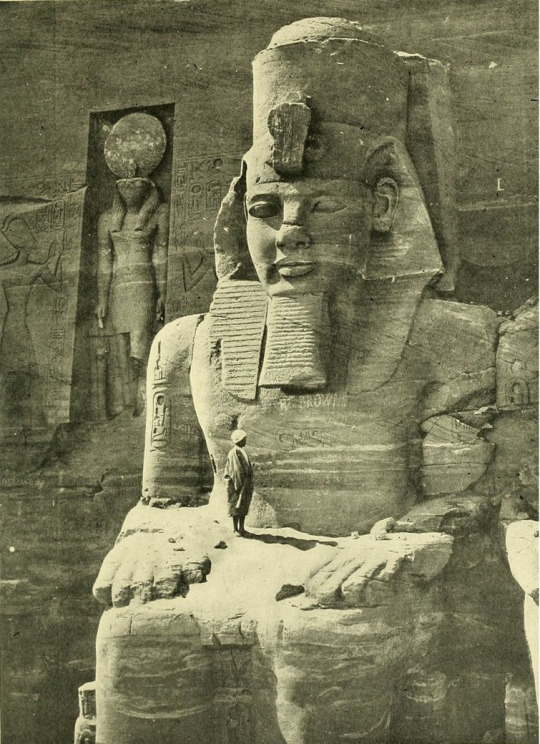
A man chilling in Ramses II's lap,
Abu Simbel, Egypt
1911
#art#lol#vintage#archaeology#ancient#ruins#stone sculpture#ramses#ramses ii#egypt#egyptology#ancient egypt#ancient art#ancient kemet#kemetic#kemet
731 notes
·
View notes
Text
i went to see an exhibition for Pharaoh Ramesses II today and i got some pictures i thought you guys’d appreciate!

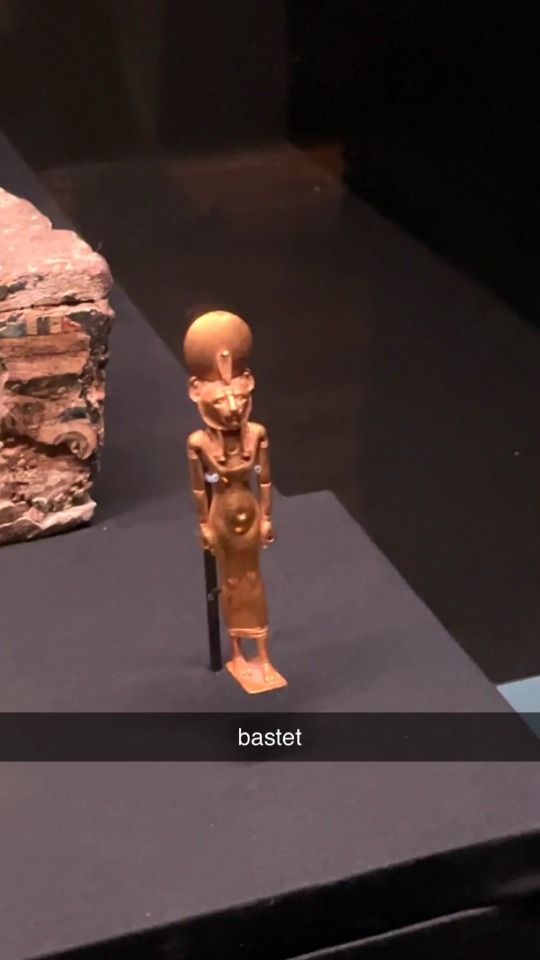
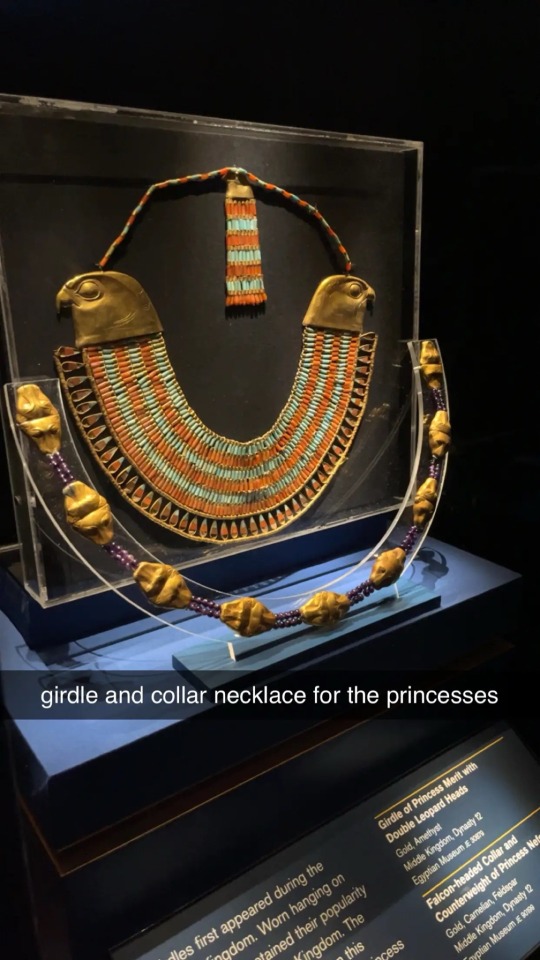
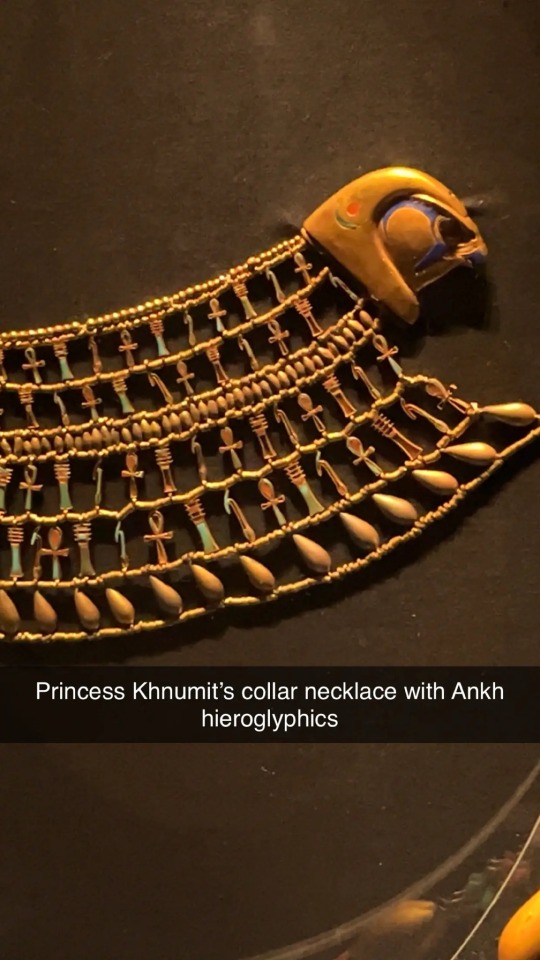
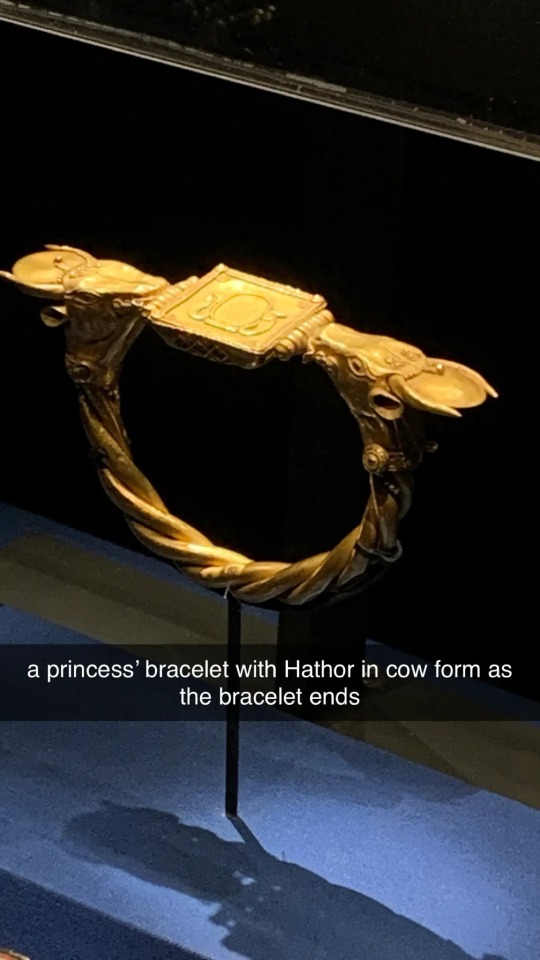
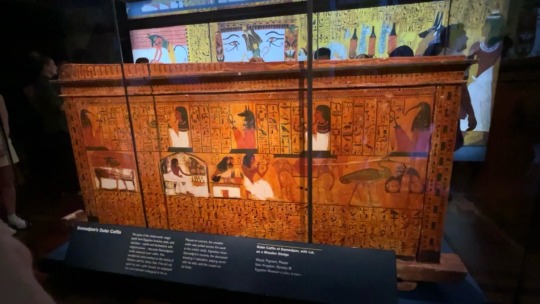

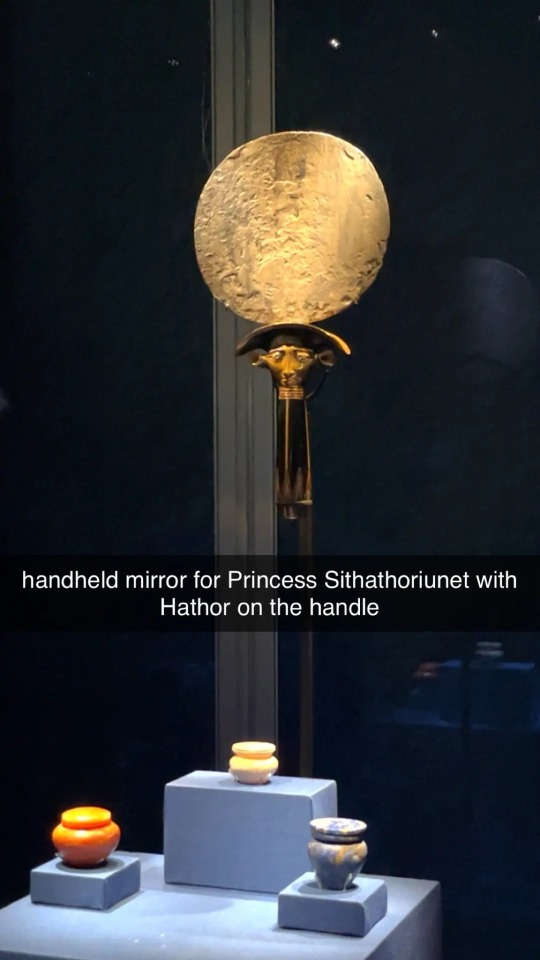

171 notes
·
View notes
Text
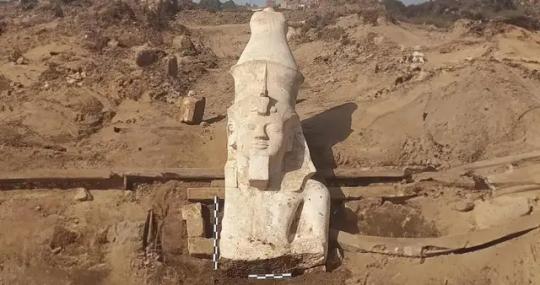
The Long-Lost Top Half of an Enormous Ramses II Statue Found
A German researcher found the lower section of the Egyptian pharaoh’s likeness nearly 100 years ago.
Archaeologists in Egypt have uncovered the upper half of a towering statue of Ramses II, cracking a century-long mystery. Found in the ancient city of Hermopolis (now Ashmunein), the 12.5-foot-tall limestone fragment lines up perfectly with the lower section of a sculpture discovered nearby in 1930.
The ancient statue depicts Ramses in a seated position, adorned with a crown and a headdress topped with a cobra, according to a statement from the Egyptian Ministry of Tourism and Antiquities. The dual crown indicates Ramses’ simultaneous authority over the kingdoms of Upper and Lower Egypt, while the cobra represents royalty, writes the National’s Kamal Tabikha.
The upper area of the back column of the statue is etched with hieroglyphs that list Ramses’ many titles, glorifying the king as “one of ancient Egypt’s most powerful pharaohs,” says Bassem Jihad, head of the excavation team, in the statement, per a translation by Reuters.
Preliminary scans have confirmed that the carved limestone block is a continuation of the lower section of the statue, which was found in the same area in 1930 by German archaeologist Günther Roeder. With its halves combined, the statue would have loomed at a height of nearly 23 feet.
As the third pharaoh of Egypt’s 19th dynasty, Ramses ruled over a sprawling empire that stretched from modern-day Sudan to Syria. During his reign—which spanned 1279 to 1213 B.C.E., making it the second-longest of any Egyptian monarch—he ushered the kingdom into a golden age of power and wealth. Known as Ramses the Great, the pharaoh’s legacy was cemented by a slew of monuments and statues constructed in his name, both during and after his reign.
The joint Egyptian and American dig team originally began its exploration of the Ashmunein area with the goal of discovering a religious complex from Egypt’s New Kingdom era (1550 to 1070 B.C.E.). Though the researchers ultimately stumbled onto something entirely different, they remained pleased with their results.
“Though we have not found the complex we were initially looking for, a statue of such importance is a sign that we are digging in the right place,” Adel Okasha, an antiquities official who oversaw the dig, tells the National.
Next, the team will create a model envisioning what the statue looked like in antiquity, when it was fully intact.
“Not only is it a wonderful opportunity to have a whole other massive statue of the famed king, it also adds to our general understanding and fills gaps in our data on the large corpus of Ramses II’s statuary,” Salima Ikram, an Egyptologist at the American University in Cairo, tells the National. “Through each discovery, we have been able to trace changes in the style during the course of his very long reign.”
By Catherine Duncan.

#The Long-Lost Top Half of an Enormous Ramses II Statue Found#ancient city of Hermopolis#Ramses II#limestone#limestone slabs#ancient artifacts#archeology#archeolgst#history#history news#ancient history#ancient culture#ancient civilizations#ancient egypt#egyptian history#egyptian pharaoh#egyptian art
84 notes
·
View notes
Text

Ramsés II
Memphis
Egypt
photo cjmn
110 notes
·
View notes
Text


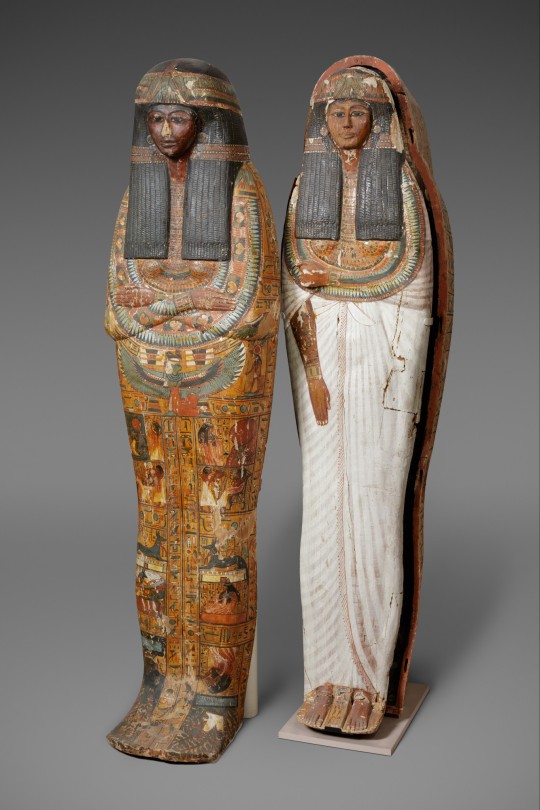
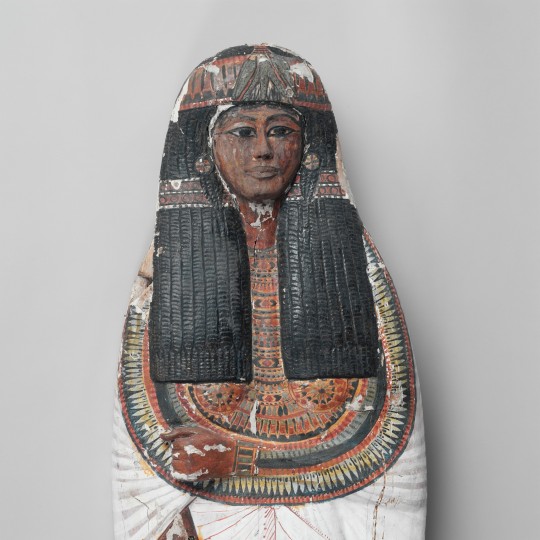
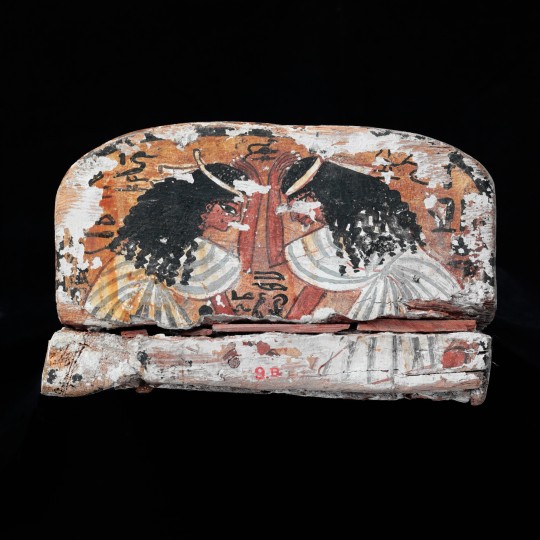
~ Mummy Board of Iineferty.
Period: New Kingdom, Ramesside; 19th Dynasty, Reign of Ramesses II
Date: ca. 1279–1213 B.C.
Place of origin: Egypt, Upper Egypt, Thebes, Deir el-Medina, Tomb of Sennedjem (TT 1), Egyptian Antiquities Service/Maspero excavations, 1885–86
Medium: Wood, gesso, paint, varnish
#ancient#ancient art#history#museum#archeology#ancient egypt#ancient sculpture#ancient history#archaeology#egyptology#Egyptian#Egypt#mummy#mummy board#Iineferti#19th Dynasty#new kingdom#Ramesside#Ramses II#thebes#ca. 1279 b.c.#ca. 1213 b.c.
634 notes
·
View notes
Photo

..
#egyptology#history#dark academia#egypt#louvre#ancient art#paris#classical art#pharaoh#ancient egypt#musee du louvre#ancient#antik#ankh#anch#ramses#ramses II#ramses II.#relief#egyptian#pharaonic#new kingdom#snake#hieroglyphs#antiquity#mythology#museum aesthetic#musée du louvre#france#frankreich
180 notes
·
View notes
Text
Honestly. Ramses II always had to be bigger and better than anyone else ever in the whole history of the world.
20 notes
·
View notes
Text
Temple of Ramses II

Now and Then
15 notes
·
View notes
Text










The Prince of Egypt the Musical (2023) as Onion Headlines (Part Two)
#broadway#musical theater#stephen schwartz#Prince of Egypt#prince of egypt musical#prince of Egypt proshoot#theatre kid#west end#west end theatre#exodus#Moses#Ramses ii#nefertari#tzipporah
27 notes
·
View notes
Text

Ramses II Statue at Luxor Temple in Egypt
195 notes
·
View notes
Text

A duck bracelet of Ramses II
(maximum diameter: 7.2 cm)
New Kingdom, 19th Dynasty; during the reign of Ramses II
ca. 1279-1213 BCE
#art#ancient#archaeology#ancient art#jewelry#egypt#ancient egypt#egyptology#ancient kemet#kemetic#kemet#ancient jewelry#ramses ii
345 notes
·
View notes
Text


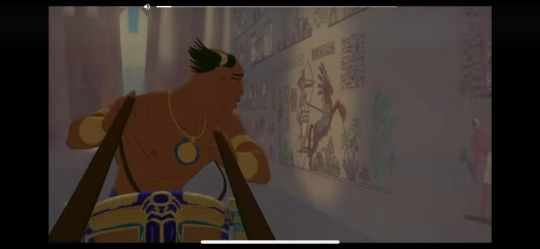
After having been to Egypt now I just now get this reference years later. Ramses was literally staring at a carving almost identical to a carving he made in Abu Simbel. It’s literally introducing Ramses on screen before we even see him!
44 notes
·
View notes
Text
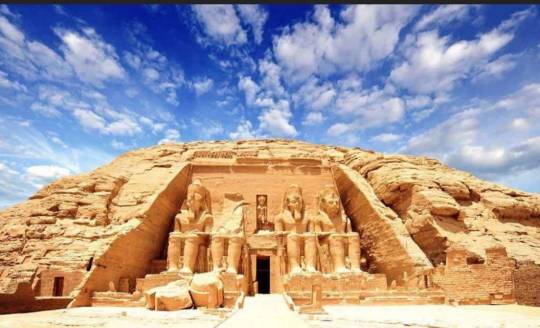
Great Temple of Ramses II
Abu Simbel, Egypt, Africa
... looks familiar ?
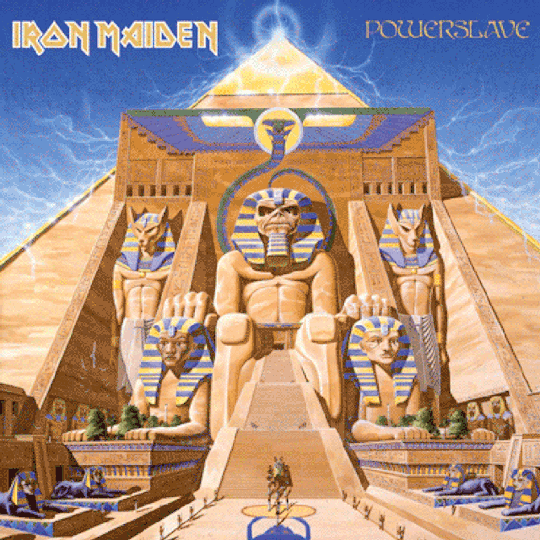
youtube
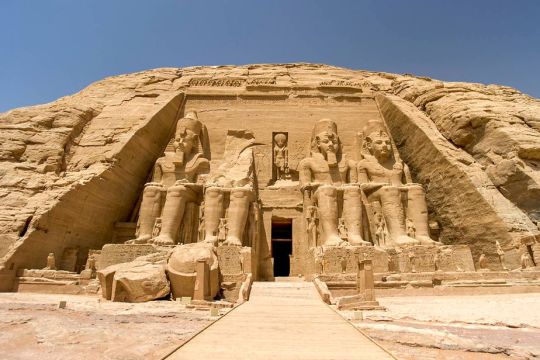
Carved out of the mountain on the west bank of the Nile between 1274 and 1244 BC, this imposing main temple of the Abu Simbel complex was as much dedicated to the deified Ramses II himself as to Ra-Horakhty, Amun and Ptah. The four colossal statues of the pharaoh, which front the temple, are like gigantic sentinels watching over the incoming traffic from the south, undoubtedly designed as a warning of the strength of the pharaoh.

Over the centuries both the Nile and the desert sands shifted, and this temple was lost to the world until 1813, when it was rediscovered by chance by the Swiss explorer Jean-Louis Burckhardt. Only one of the heads was completely showing above the sand, the next head was broken off and, of the remaining two, only the crowns could be seen. Enough sand was cleared away in 1817 by Giovanni Belzoni for the temple to be entered.

From the temple’s forecourt, a short flight of steps leads up to the terrace in front of the massive rock-cut facade, which is about 30m high and 35m wide. Guarding the entrance, three of the four famous colossal statues stare out across the water into eternity – the inner left statue collapsed in antiquity and its upper body still lies on the ground. The statues, more than 20m high, are accompanied by smaller statues of the pharaoh’s mother, Queen Tuya, his wife Nefertari and some of his favourite children. Above the entrance, between the central throned colossi, is the figure of the falcon-headed sun god Ra-Horakhty.
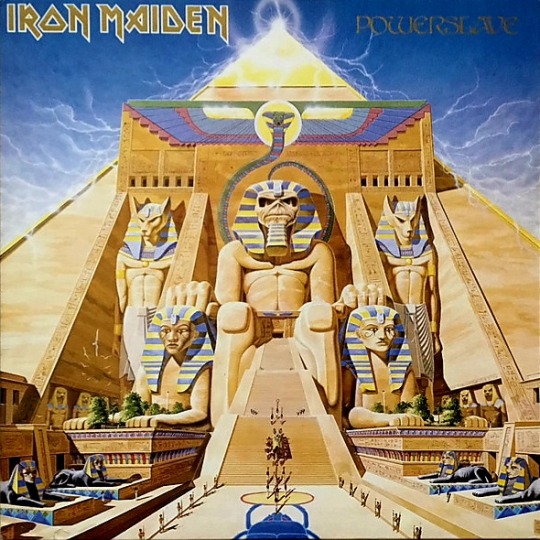

The roof of the large hall is decorated with vultures, symbolising the protective goddess Nekhbet, and is supported by eight columns, each fronted by an Osiride statue of Ramses II. Reliefs on the walls depict the pharaoh’s prowess in battle, trampling over his enemies and slaughtering them in front of the gods. On the north wall is a depiction of the famous Battle of Kadesh (c 1274 BC), in what is now Syria, where Ramses inspired his demoralised army so that they won the battle against the Hittites. The scene is dominated by a famous relief of Ramses in his chariot, shooting arrows at his fleeing enemies. Also visible is the Egyptian camp, walled off by its soldiers’ round-topped shields, and the fortified Hittite town, surrounded by the Orontes River.

The next hall, the four-columned vestibule where Ramses and Nefertari are shown in front of the gods and the solar barques, leads to the sacred sanctuary, where Ramses and the triad of gods of the Great Temple sit on their thrones.

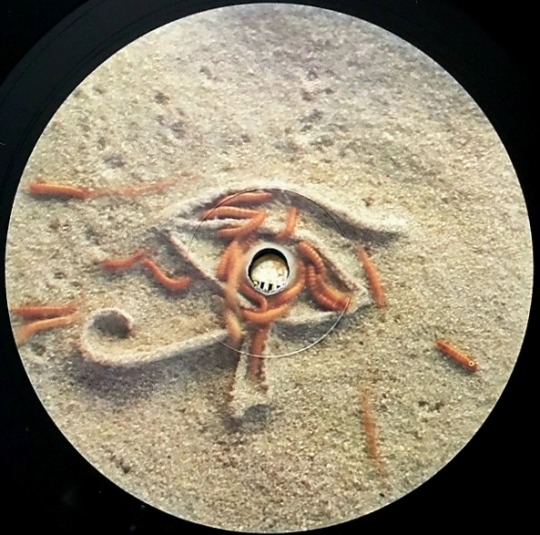
The original temple was aligned in such a way that each 21 February and 21 October, Ramses’ birthday and coronation day, the first rays of the rising sun moved across the hypostyle hall, through the vestibule and into the sanctuary, where they illuminate the figures of Ra-Horakhty, Ramses II and Amun. Ptah, to the left, was never supposed to be illuminated. Since the temples were moved, this phenomenon happens one day later.
youtube
20 notes
·
View notes
Photo

The goddess Seshat carved on the back of the throne of the seated statue of Pharaoh Ramses II in the Amun Temple at Luxor, dated from 1250 BC(E)
300 notes
·
View notes
Text

Great statue of Ramsés II (detail)
Memphis
Egypt
photo cjmn
116 notes
·
View notes
Text
instagram
6 notes
·
View notes